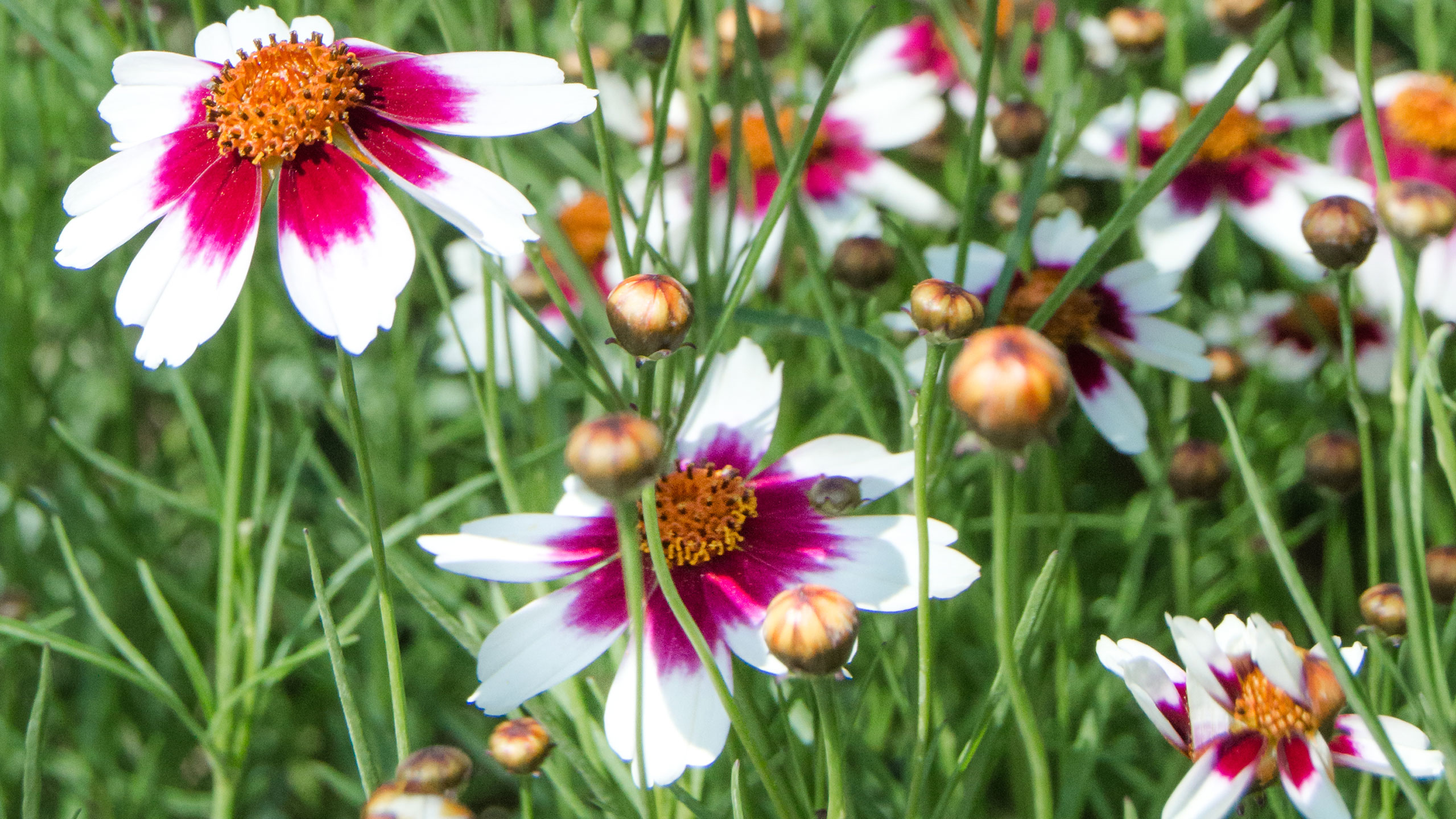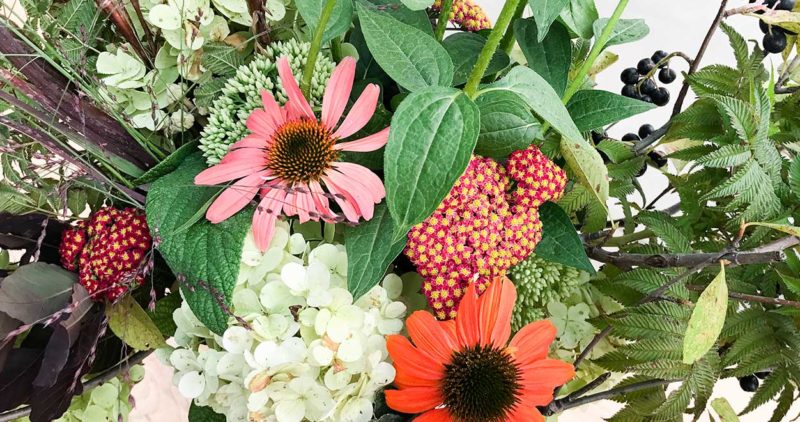
Having a common name like “tickseed” might create an image problem for a plant. But, Coreopsis overcomes this disagreeable first impression right away. Once you get to know this cheerful perennial, all thoughts of annoying little critters disappear.

The first thing you’ll notice about Coreopsis is the abundance of colorful flowers that wave in the breeze on slender stems. Sunny yellow is the most common color, but you’ll also find pink, wine-red, and even bi-colors too. A broad range of pollinators, like butterflies and native bees, find their pretty flowers attractive too. Coreopsis stands twelve to twenty-four inches in height and width, fitting nicely between taller and shorter plants in a sun-drenched flower bed. Given its pedigree as a prairie plant, Coreopsis goes perfectly with other Midwest natives like grasses, coneflowers, and rudbeckias. Or, it also looks right at home in the cottage garden too. Try it with hardy hibiscus or purple salvia. Our bicolor Coreopsis have vivid raspberry or wine-red bases on their petals, so something with a solid matching leaf, like a coleus, really make those petals pop.
All Coreopsis love the sun, but they’re not particular about soil type. Once established, they’re pretty drought-tolerant too. They bloom for a good portion of the summer, helped along by an occasional deadheading. And those seeds? Yes, they do look like ticks. But they’re also a favorite food for goldfinches, so we can’t hold that against them for too long.


